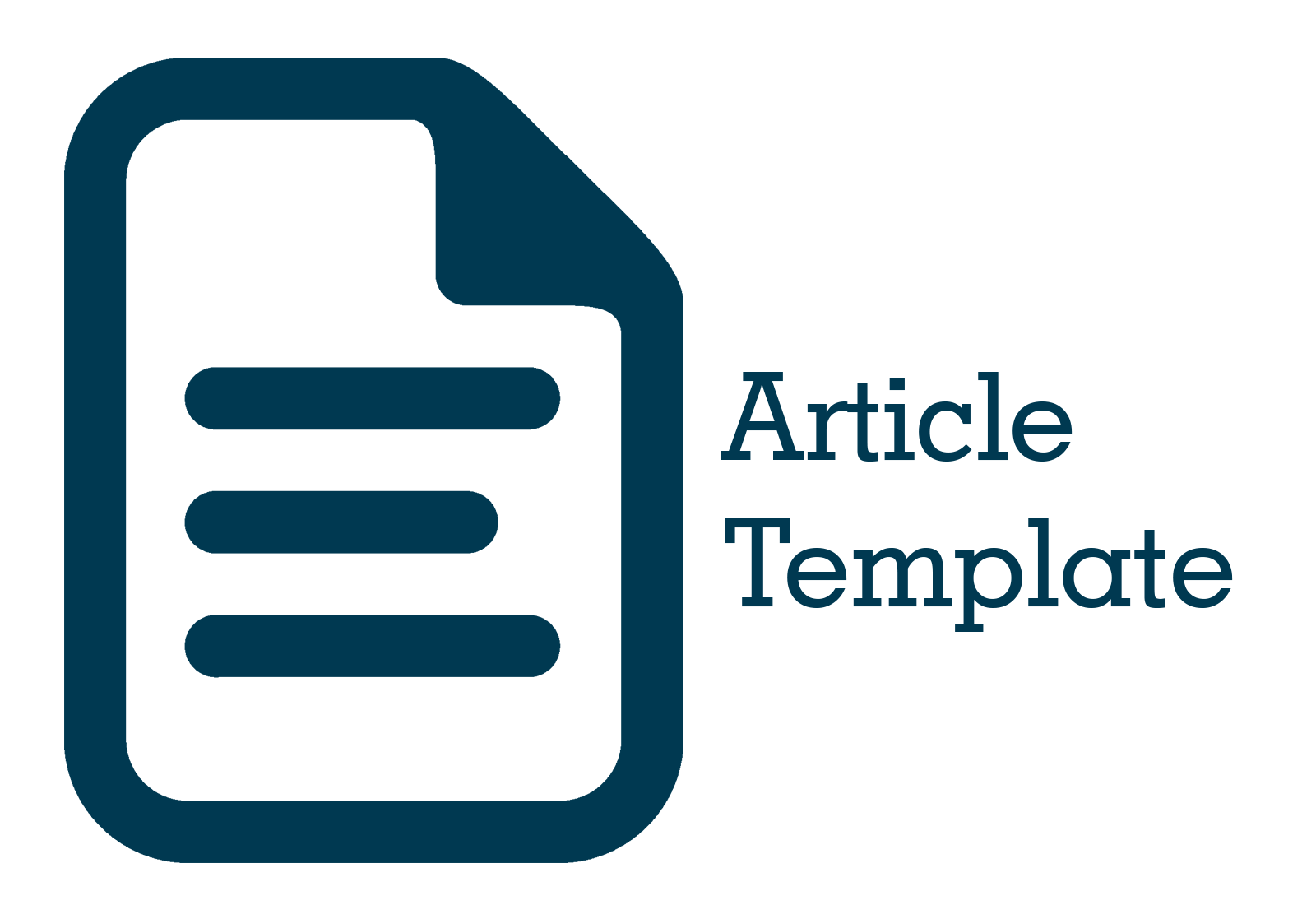Leadership Dynamics in Educational Evaluation: Insights from the CIPP Model
Keywords:
educational evaluation, leadership, CIPP model, education, implementation strategiesAbstract
This study explores leadership dynamics in educational evaluation using the CIPP (Context, Input, Process, Product) Model. Through a qualitative approach, in-depth interviews and focus group discussions were conducted with principals and teachers from various schools in Indonesia. The findings show that effective leadership plays an important role in the successful implementation of education evaluation. Collaborative and participatory leadership was shown to increase teacher engagement and the relevance of the evaluation program. In addition, full support from leaders in aspects of evaluation inputs and processes, such as the provision of resources and training, contributes to improved educational outcomes. The study also identified key challenges faced, including resistance to change and limited resources. The practical implications of this study point to the need for increased leadership capacity and strategies to deal with challenges in implementing education evaluation. The article provides valuable insights for education policy makers and practitioners in developing more effective policies and practices in the context of education evaluation.
References
Asadi, A., Niknejad, S., & Khairi, M. (2016). Context evaluation for curriculum development using CIPP model. Journal of Education and Learning, 10(3), 45-53. https://doi.org/10.5539/jel.v10n3p45
Aziz, M., Mahmood, N., & Rehman, K. (2018). Implementation of CIPP model for quality evaluation at school level. Journal of Educational Research and Evaluation, 5(1), 195-210. https://doi.org/10.13189/ujer.2018.050120
Fathi, M., Zarei, R., & Jafari, P. (2020). Using the CIPP model for evaluating the educational system in Iran. Journal of Curriculum Studies, 23(1), 35-50. https://doi.org/10.1080/00220272.2020.1770876
Hussein, M. (2022). Leadership in educational evaluation: The role of CIPP model in decision making. International Journal of Educational Management, 36(2), 245-265. https://doi.org/10.1108/IJEM-09-2021-0345
Lupena, L. (2023). Exploring the CIPP Model in Educational Evaluation. Educational Leadership Review, 14(1), 78-85. https://doi.org/10.3102/00346543211007554
Mahmoodi, K., & Abdi, N. (2019). Educational evaluation using CIPP model: A case study. Journal of Education and Health Promotion, 8(1), 214-230. https://doi.org/10.4103/jehp.jehp_309_19
Parra, A., & Garcia, R. (2017). Assessing the effectiveness of training programs using the CIPP model. International Journal of Training and Development, 21(4), 306-319. https://doi.org/10.1111/ijtd.12114
Qi, G., & Wang, S. (2021). The CIPP model as a framework for program evaluation in higher education. Journal of Applied Research in Higher Education, 13(4), 995-1011. https://doi.org/10.1108/JARHE-01-2020-0013
Sancar, H., Tokmak, F., & Baturay, M. (2013). Applying the Context, Input, Process, Product Evaluation Model for Evaluation, Research, and Redesign of an Online Master’s Program. International Review of Research in Open and Distributed Learning, 14(3), 278-294. https://doi.org/10.19173/irrodl.v14i3.1483
Shi, L., & Stufflebeam, D. (2007). The CIPP model for program evaluation: An update and its applications in higher education. Journal of Educational Evaluation for Health Professions, 4(1), 1-14. https://doi.org/10.3352/jeehp.2007.4.1
Stufflebeam, D. L. (2003). The CIPP model for evaluation: An update, a review of the model’s major concepts, and an account of its current status. In T. Kellaghan & D. L. Stufflebeam (Eds.), International Handbook of Educational Evaluation (pp. 31-62). Kluwer Academic Publishers. https://doi.org/10.1007/978-94-010-0309-4_3
Stufflebeam, D. L., & Zhang, G. (2017). The CIPP evaluation model: How to evaluate for improvement and accountability. Guilford Publications. https://doi.org/10.4324/9780203736500
Sufi, M., & Haron, A. (2020). Challenges in educational program evaluation using the CIPP model: A case study in Malaysian schools. Asian Journal of Education and Training, 6(1), 110-115. https://doi.org/10.20448/journal.522.2020.61.110.115
Tokmak, H. S., & Baturay, M. H. (2013). Applying the CIPP model for program evaluation. International Journal of Educational Technology in Higher Education, 10(1), 46-56. https://doi.org/10.1186/s41239-017-0080-4
Zhang, G., Zeller, N., & Griffith, R. (2011). Using the context, input, process, and product evaluation model as a comprehensive framework to guide the planning, implementation, and assessment of service-learning programs. Journal of Higher Education Outreach and Engagement, 15(4), 57-83. https://doi.org/10.1353/jhe.2011.0013
Downloads
Published
Issue
Section
License
Copyright (c) 2024 Iman Subasman (Author)

This work is licensed under a Creative Commons Attribution 4.0 International License.


